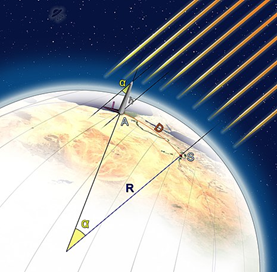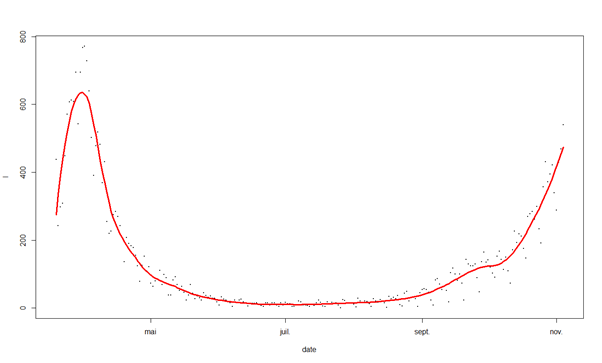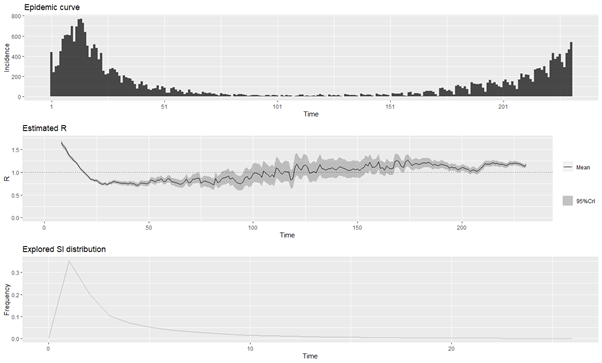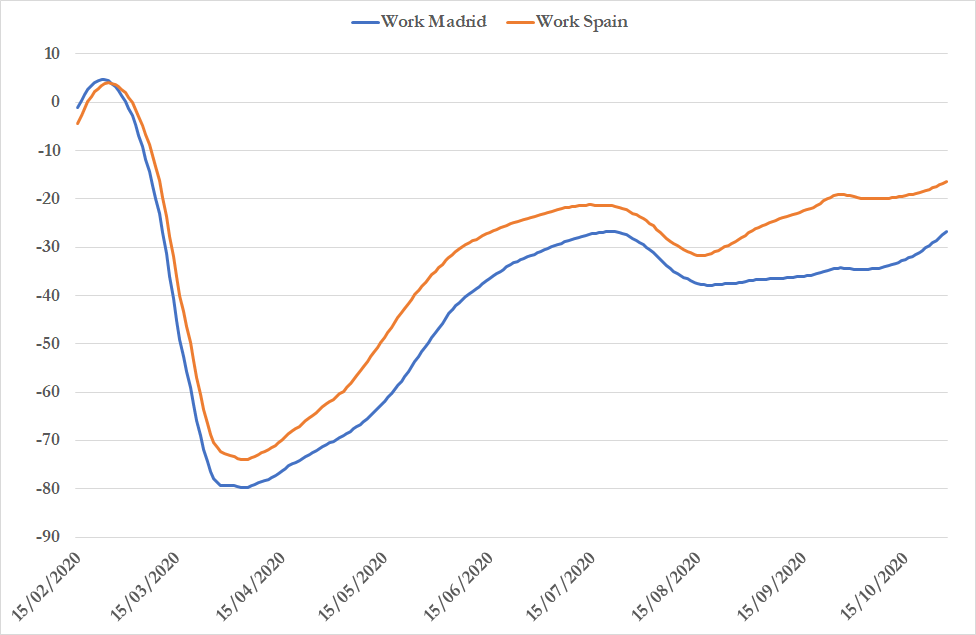
Time for our second thread! Because refraction has not revealed all its mysteries yet!
You will discover how a Danish doctor & hikers in Iceland defeated the mighty Newton & made America great… for the first time! But also how they (unknowingly) revolutionized physics!
You will discover how a Danish doctor & hikers in Iceland defeated the mighty Newton & made America great… for the first time! But also how they (unknowingly) revolutionized physics!
https://twitter.com/jeuasommenulle/status/1325544849051955202
The work of Descartes’s (and others) had clarified refraction.
This was the basis on which Newton would build his (second) masterpiece, Optics, and his theory of light. But you need to understand something first.
This was the basis on which Newton would build his (second) masterpiece, Optics, and his theory of light. But you need to understand something first.
Ever since the Ancient Greeks, most scientists were convinced that any color was coming from the color of one of the four elements, but with varying intensity. So, for example, Aristotle knew that a prism decomposes light but he understood it this way:
The different thicknesses of the glass of a prism “weakened” light differently, hence the rainbow colors! Simple! (And totally wrong of course). 

In 1666, while escaping Covid, sorry, the plague, Newton performed his famous optics experiment – he even drew the schematics of it. As you can see below, Newton’s scientific talents far exceeded his artistic talents. 

For some strange reason, many people believe that Newton discovered the separation of the colors by the prism. He absolutely did not do that. His discovery was far more interesting: with a second prism, he could recombine the colors!
On the left, a first prism splits the light. Each color goes through a tiny hole, converges to a second prism. The light exits the second prism and goes towards a lens that focuses it on a wall.
According to the Greek view, the second prism should have “weakened” light further and new colors should have appeared. Instead, the light on the wall was white again and as strong as the initial light! The Greeks were wrong.
Such a simple and fantastic idea: use two prisms instead of one. Someone else would do that much later… with even more fascinating consequences. But for now, Newton had discovered that light was *made* of colors! 

Newton would build his theory on this: In 1672 he dismissed Descartes and claimed that light is made of a multitude of “light grains” of 7 different colors. But if this old Egyptian painting is to be believed, maybe he was not the first! 

However, a Dutch scientist, Huygens had two major problems with that theory. The first one was rather intuitive: if the light is made of tiny grains of color, why don’t they just collide constantly, making all sorts of strange effects? 

The second problem was even more serious and this is where our nice Danish chap, Erasmus Bartholin, kicks in. In 1671 he was appointed dean of the faculty of medicine in Copenhagen and Royal Mathematician in 1667. So, a brilliant man.
But he would remain in history for a very different reason. In 1668, an expedition in Iceland had gathered a strange mineral: the “Iceland spar”, transparent calcite. While experimenting with it, Bartholin found something supremely odd.
When you look through the transparent spar with the right angle, the object appears in double! There is no way Newton’s theory could explain THAT! 

Bertholin quickly understood (by rotating the crystal) that the spar was splitting the light into two different beams. He called it “solita” ray and “insolita” ray, but didn’t really have any convincing explanation for it.
It was Huygens who came up with a revolutionary idea: light is a WAVE, not tiny particles. Not the kind of wave we know use to describe light, but a compression wave, like sound is. That was supposed to propagate in the ether, itself made of tiny corpuscles. 

Very much like the Newton pendulum, a source of light would create a shock in the ether grains that would propagate all the way to the eye! 

This was also solving the collision problem because the ether grains would only vibrate from their equilibrium position! And it was also explaining the great speed of light because a compression wave through a medium can be very quick! 

But the most beautiful achievement of Huygens was that it solved the problem of refraction without the mysterious principle Fermat had “invented”! And in doing so he came up with another principle, the Huygens principle, which is still fascinating scientists!
In fact, this principle is a proof that we live… in 3 dimensions! (or an odd number of dimensions, to be more precise!) But, more generally Huygens also linked ether and light…and this would also be the key to another revolution of physics (more on this another day)
So how did he explain refraction? It’s actually quite intuitive. This is how a circular wave would propagate in the ether. It goes in every direction, so it’s a circular wave and every ray is actually a radius of the circle, so a straight line! 

But what happens if there’s an obstacle (e.g. glass.) Light is slowed down… but the wavefront gets to the slower part at different points in time! 

The circular wave hits the glass at a specific point and is slowed down. But the rest of the wave continues at the same speed. And this very simply changes the shape of the wave front, so the circle, so the ray has not the same angle! It’s absolutely brilliant.
Even better, Huygens used this to explain the mysterious Iceland spar! Suppose the spar has two different types of “ether” in it. This would create circular waves (the normal ones) and elliptic ones - which would create the “insolita” rays!
Now you probably ask yourself, why would the second “light-ether waves” be elliptic? Huygens wasn't super clear on this and came up with an assumption about the structure of the crystal that was not very convincing.
Unfortunately, Newton was too much of a giant and Huygens’ theories quickly disappeared from the scientific consensus. Still, he had sown the seeds of the ether theory of light of the 19th century and… of the revolutions of physics that would came in the 20th century!
Others (Vinci, Grimaldi) had expressed intuitions about the wave nature of light, but Huygens was the first to build a consistent theory.
To finally demolish Newton’s theory, it would need more geniuses… and another very strange phenomenon: diffraction! For another thread.
To finally demolish Newton’s theory, it would need more geniuses… and another very strange phenomenon: diffraction! For another thread.
What about my tease regarding America? Well, the spar had very intriguing properties and some scientists claim that stone was key to the discovery… of America!!! Here is why.
How on earth did Leif Erikson manage to get to America in 1000 (more or less)? This is a mystery that remains unsolved today. But an old Icelandic saga (Hrafns) might hold the clue. It includes this mysterious line:
Then the king made them fetch the solar stone and held it up and saw where light radiated from the stone and thus directly verified Sigurður's prediction”
The text definitely suggests a magic stone helped the Vikings find their way to Newfound Land. But HOW? What kind of guide did they have that would always show them the sun and the direction of travel?
In 1844, Haidinger discovered that the human eye is able to detect the vertical polarization of light. That’s the so-called Haidinger’s brush. 

When the Sun’s light comes into the atmosphere, it’s not polarized, but it becomes polarized after interacting with the atmosphere’s molecules. If the spar is directed to a tiny bit of blue sky, it will refract differently the two polarizations of light. 

So if you look at the sky through the spar and quickly remove it, Haidinger brushes appear in your eye. The way the brushes are oriented will tell you where the Sun is! (left, before you remove the spar, right, just after) 

I know, it sounds crazy, but it certainly fits the description made in the Saga ! “he held it up and saw where light radiated”. Some scientists really believe this how the Vikings discovered America. 

Another possibility (which doesn’t fit the saga as well) is that they used a spar compass: by putting the spar in a small box with a tiny hole for the light it is possible to find the angle which makes the two rays of equal intensity. 

This will give you the direction of the sun even if the sun is invisible! Here’s a spar compass if you’re looking for a fun Christmas gift! 

Happy Sunday and let’s continue next week with another strange phenomenon: diffraction. When light plus light turns into shadow…
• • •
Missing some Tweet in this thread? You can try to
force a refresh













